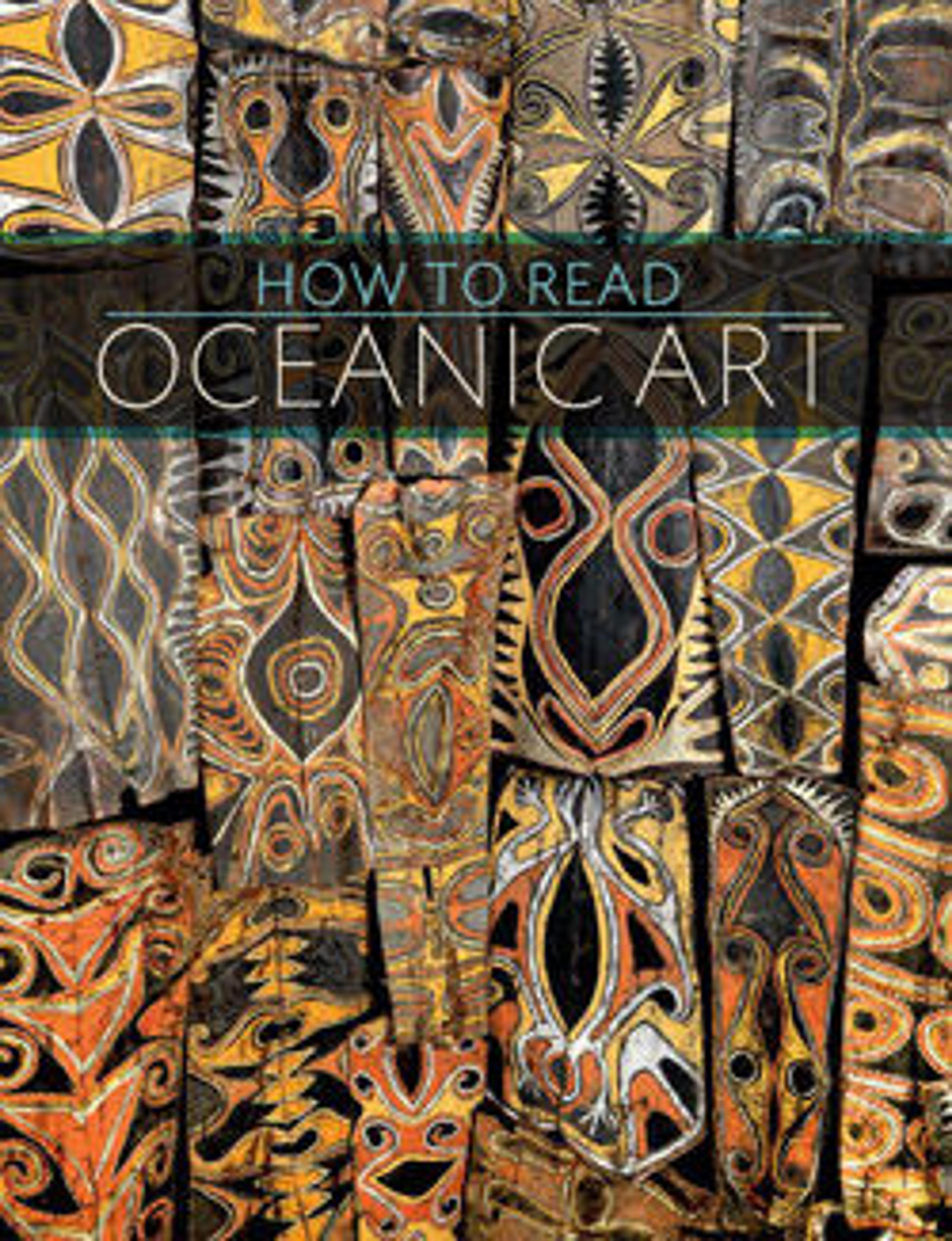From the dense rain forests of New Guinea to the spice-rich islands of Indonesia, the tropical archipelagos of Polynesia and Micronesia, and the deserts of Australia, Oceania encompasses hundreds of distinct artistic traditions with an extensive variety of objects and mediums. Formidable, fascinating and even fearsome, they range in size from intricate jewelry to colossal sculptures and musical instruments.
In addition to serving numerous practical and decorative purposes, many Oceanic objects were invested with religious or social symbolic significance and often have been used in enthralling ceremonies. The imagery of these remarkable works—ranging from ancestors, gods, and spirits to animals and inter-species composites—has had a direct impact on modern artists, including Paul Gauguin and the Surrealists.
An invaluable resource for art-historical study, this third volume in the How to Read series is an important gateway to wider appreciation of Oceanic heritage and visual culture.
Met Art in Publication
Citation
Metropolitan Museum of Art (New York, N.Y.), and Eric Kjellgren, eds. 2014. How to Read Oceanic Art. Third Volume in the How to Read Series. New York : New Haven: Metropolitan Museum of Art ; Distributed by Yale University Press.
